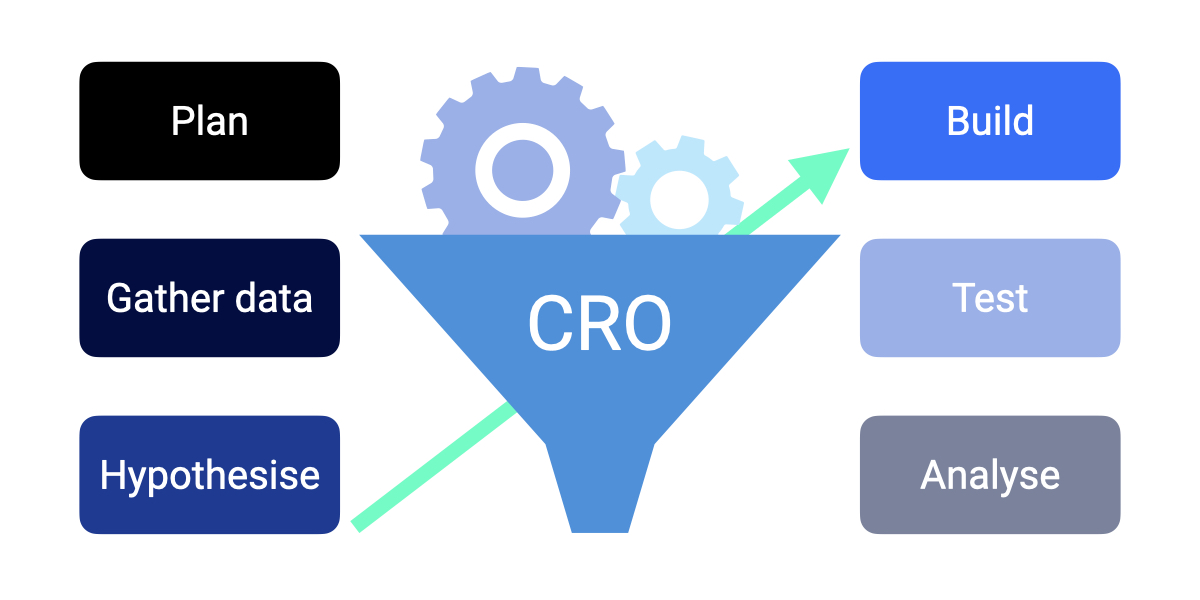Do I need Google Tag Manager for Google Analytics?

Do I need Google Tag Manager for Google Analytics?



Seeing how your website and its users interact with each other is invaluable information.
Google Analytics and Google Tag Manager are two tools that can help you get this data. But do you really need both of them?
In short, the answer is NO.
You do NOT NEED Google Tag Manager to deploy or use Google Analytics on your website. Whether you should use it depends on a number of factors, from resources to security, to goals.
Simply put, Google Tag Manager shares information between your website and Google Analytics. Google Tag Manager allows you to set up triggers to track activity on your site, this information is then fed into your Google Analytics account allowing you to further curate the data you collect.
Let's discuss the pros and cons of deploying Google Analytics directly to your site vs. deploying Google Analytics using Google Tag Manager.
Installing Google Analytics without Google Tag Manager:
There are 2 ways to install Google Analytics on your website without Google Tag Manager.
- Direct code implementation
- Plugins for supported sites, such as WordPress.
Pros:
- Simply to execute. This requires just deploying a plugin, or the Google Analytics tag code snippet into the head tag of the website for Google Analytics to collect basic data on website users.
- By requiring the addition of only one code for Google Analytics, the javascript footprint on the site is small. In contrast, although a simple & lean implementation of just Google Analytics using Google Tag Manager is insignificant compared to a direct implementation and the difference in site performance would be imperceptible to most users, the general consensus for code footprints and script loads is "smaller is better". A pro in theory, but probably not in reality for most cases.
Cons:
- Any advanced or custom tracking requires additional manipulations to the source code of the website and typically requires a web developer.
- Google Analytics Universal (GA3) required custom events to be coded to the website source code directly. Google Analytics 4 introduces 'enhanced measurement' which enables automatic tracking of advanced events with a simple account setting that detects and tracks activity such as button click, page scroll depth and form submissions. Although this is a huge step forward for low-resource sites or teams without developer resources, any additional tracking functionality not supported in enhanced measurements, such as tracking banner engagement on an eCommerce store, would require events added to the source code by a developer.
- Any time a modification to Google Analytics tracking is needed the source code of the website would require medication, which if done incorrectly can cause the site to malfunction or even break completely and not load.
Installing Google Analytics with Google Tag Manager:
Pros:
- Only one change is required to your website source code to install the Google Tag Manager code snippet, which then handles all other codes externally to the website.
- Allows advanced or custom tracking events setup without modifying website source code or knowledge of how to set up custom Google Analytics Events by modifying their tracking code.
- Google Tag Manager has pre-defined and customisable triggers for common use cases, such as clicks, form submissions, page load events etc that allow the firing of scripts and codes with some basic understanding of front-end development principles such as HTML & CSS, without extensive technical web development knowledge.
- Debugging - Google Tag Manager has a live debugging feature that allows you to see how codes are firing to make diagnosing a tracking error easier in the case of an issue.
- Better Access Control - Google Tag Manager, once installed on the site, sits as an independent environment to the website backend. This allows you to provide someone access to Google Tag Manager to manage or modify tracking, or advertising scripts without being able to access and potentially break the core website. This is useful when working with external & third-party agencies who you don't wish to provide website access.
- Better Governance and audit trails - in line with the benefits of "Better Access Control", Google Tag Manager has a version history and changelog that allow you to easily revert to previous versions in the case of an undesired change and also provides visibility into which user made certain changes.
Cons:
- Slightly more work to get a basic Google Analytics tracking setup enabled on your site.
Additional Resources To Help:



%2520How%2520to%2520add%2520Google%2520Analytics%2520to%2520Shopify%2520(GA4%2520_%2520Google%2520Analytics%25204).jpeg)

